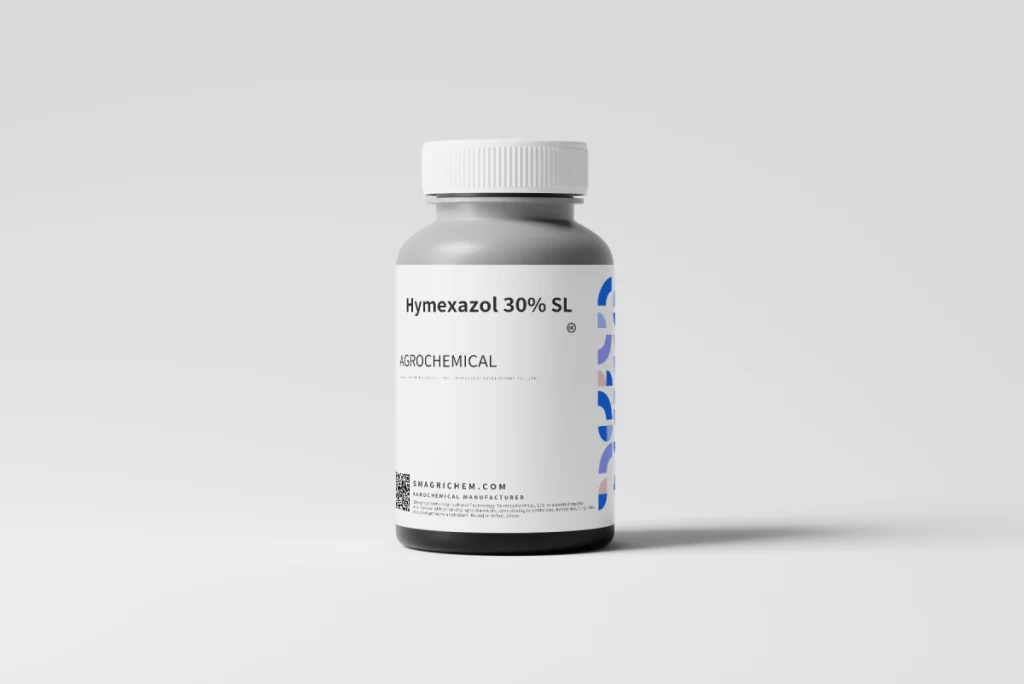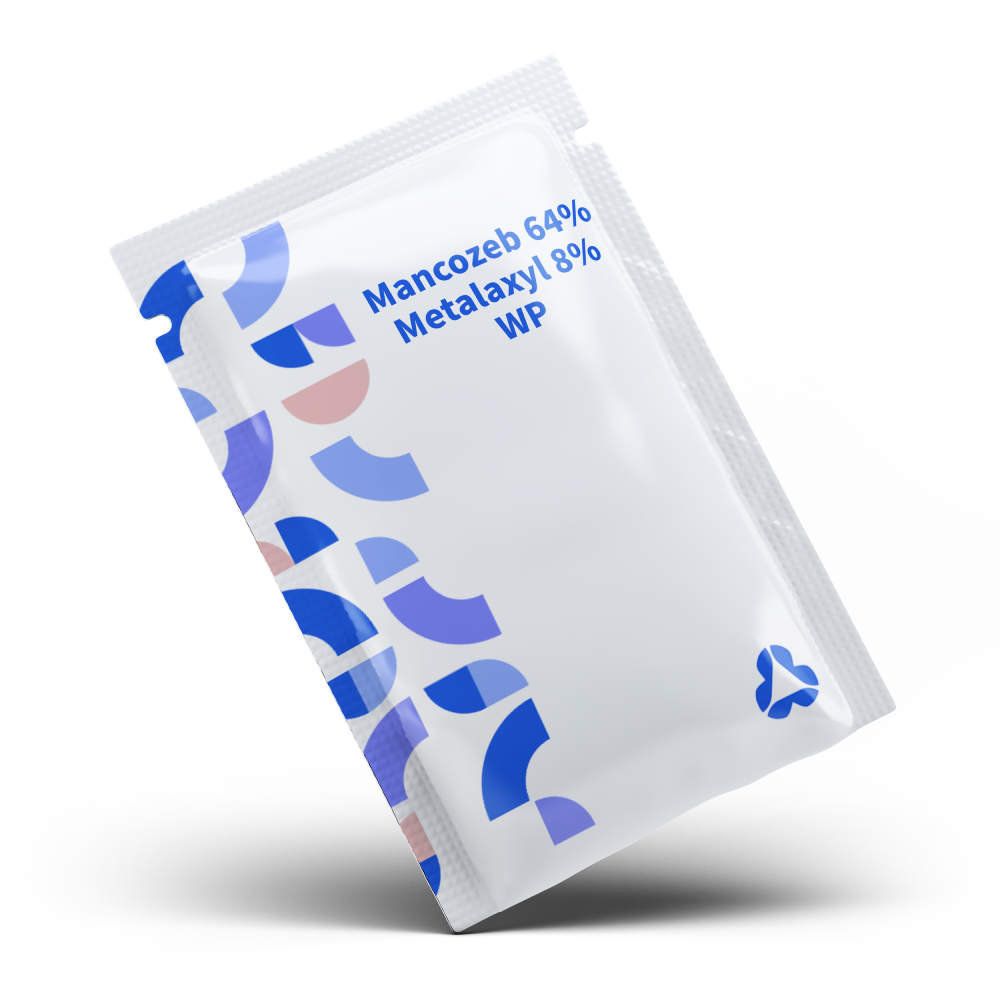Propiconazole 250 g/L + Cyproconazole 80 g/L EC represents a cutting-edge emulsifiable concentrate (EC) fungicide designed to address the escalating challenges of fungal disease management in global cropping systems. This synergistic formulation combines two demethylation inhibitors (DMIs) – propiconazole (a triazole with rapid local activity) and cyproconazole (a triazole with enhanced systemic mobility) – to deliver unparalleled control over 30+ foliar pathogens. Developed for cereals, plantations, and high-value cash crops, the blend targets destructive diseases such as leaf rust, powdery mildew, black Sigatoka, and anthracnose, providing both preventive and early-curative solutions.

Mancozeb 600g/kg + Dimethomorph 90g/kg WDG Fungicide
Powerful Dual-Action Fungicide for Broad-Spectrum Disease Control Active Ingredients:


